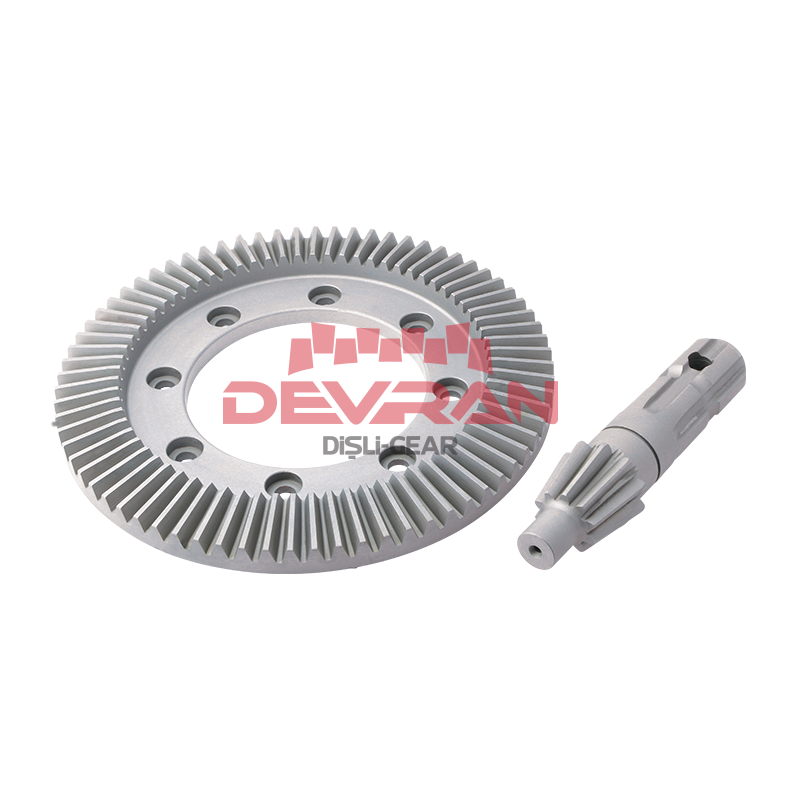


Straight bevel gears are essential mechanical components used to transmit power and motion between two shafts that intersect, typically at a 90° angle. Thanks to their straight tooth profiles, they provide an effective and reliable solution, particularly at lower speeds.
Features of Straight Bevel Gears
Applications
Straight bevel gears are widely used across many industries, including:
They are ideal where high torque transmission and precise angle changes are required.
Forces in Straight Bevel Gears
While operating, straight bevel gears are subjected to three main types of forces:
Accurate calculation of these forces and proper bearing design are crucial for ensuring reliable and long-lasting system performance.
Devran Gear Quality
Devran Gear manufactures high-precision straight bevel gears ranging from module 1 to module 10.
Please feel free to contact us for tailored solutions to meet your specific requirements.